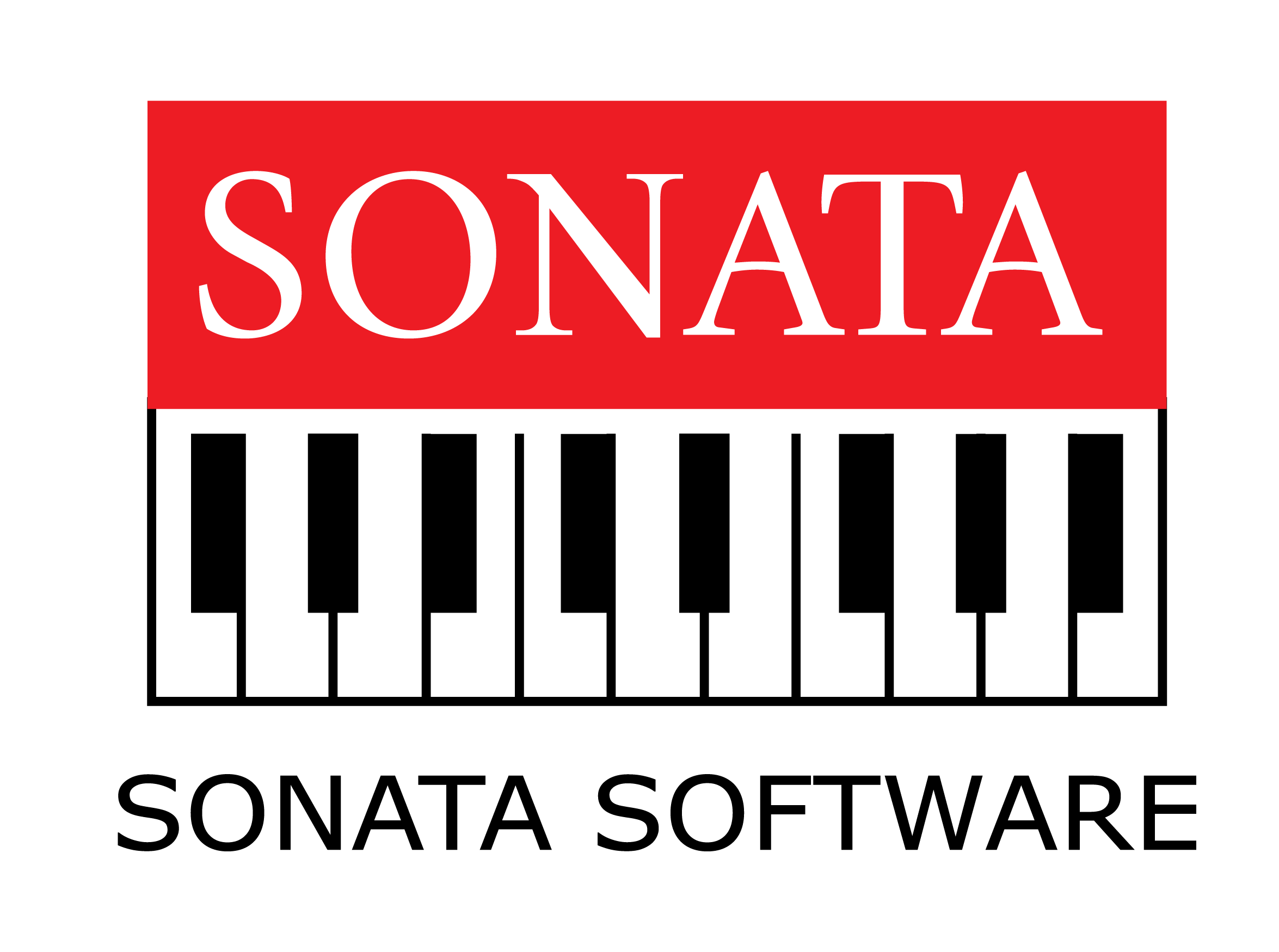The SMART Way to Prioritize Goals for IEP
Education is important, but more important than that is the availability of education. How available is our education? Does it cater to everyone? How does one design an educational system where people with deafblindness are given a fair chance to what people believe to be a basic and necessary right? Persons with Deafblindness (PwDb) and Multiple Disabilities (MD) require specialised instructions to progress and succeed in getting a high quality education. To achieve that every PwDb and MD needs an Individualised Educational Plan (IEP).
The major components of an IEP are annual goals and short term objectives. Annual goals are set to be taught to the child for a period of one year and are subdivided or broken down into four short term objectives for duration of three months. However, goals should be selected as per the needs, age, strength and potential of the child. As the primary objectives should always be towards the child’s independence, one should prioritize communication, socialization, through a play-way method as learning should be always meaningful yet interactive and fun. While for a parent, the priorities are communication and social inclusion, activities of daily living skills, sensory needs, and managing behaviors. The educator’s priorities include language, communication, literacy & numeracy, career education. Both these priorities go hand in hand.

Basic skills are also taught within functional activities to promote independence and interdependence. PwDb and MD can also be taught using a theme based curriculum for example - summer season can be taught through the concept of cognition such as hot, warm, humid, summer fruits, etc. It helps the educator to be focused on the learnings of the child. Expanded Core Curriculums (ECC) is also taught specifically to enhance their learning abilities and to cope for later academics and functional access.
It is necessary to keep in mind that a child’s IEP should be written by highlighting the strength of the child. Sense International India’s IEP format consists of 22 areas/domains wherein a goal/s has to be developed as per the child’s age, needs and current performance or abilities.
All of these need to be developed with all related personnel who are involved in the child’s life- like parents, families, educators, medical professionals, neighbors and communities. Child’s needs, opportunities and concerns should be written in detail and most importantly the short term objectives should be SMART-
S - Specific
M - Measurable and observable
A - Achievable
R – Realistic
T - Time bound
Objectives are generally derived from annual goals and are subdivided into four objectives for 3 months. However, objectives can also be for a minimum 3 months to a maximum 6 months based on the goal taken and the abilities of the child.
For example
Long term Goal: Angel will mix and eat with little or no spilling using hands within one year.
Short term objectives: During lunch time when given rice and sambhar, with physical prompting at the elbow level, Angel will use the fingers of her right hand to mix and eat 100% within three months.
From setting and making an IEP to writing of goals and further breaking them to objectives is one of the most crucial parts in the strategies. A successful strategy would have key features like a highly structured curriculum with clear objectives, individual needs and interests of the child and step by step instructions. It would incorporate various goals in one activity with multiple learnings.
Considering all of this, we know from experience that learning is not limited to worksheets or just table top activities but, is a continuous process. It has to be interactive, enjoyable, should have a set purpose, be participatory and most importantly have a multisensory approach. It simply means that a child will be able to learn better when they can use their available senses like by touching, feeling, smelling and tasting a real apple instead of just touching it in a book or through its artificial imitation. The multisensory approach enhances the scope to learn.
AuthorsMercy Chingnunmuang- Training-Officer, Sense International(India)
Sukrati Rastogi- Programme-Officer, Sense International(India)
Considering its importance, our expert professionals had taken a session on Prioritising and Writing Goals and Objectives for Persons with Deafblindness and MD and Teaching Strategies and Evaluation for Persons with Deafblindness and MD in the National Webinar organised by Sense India on the 29th of October, 2020. It was taken by Ms. Anuradha Bagchi, Director-Education, Helen Keller Institute for Deaf and Deafblind and Ms. Nandita Saran, Principal, Centre for Multiple Disabilities and Pre-integration unit, NAB Delhi respectively. You can access further information by registering for the National Webinar.
For further info, visit our website: National Webinar on Deafblindness




